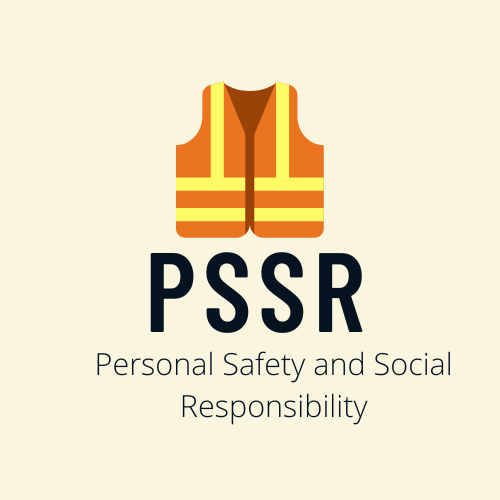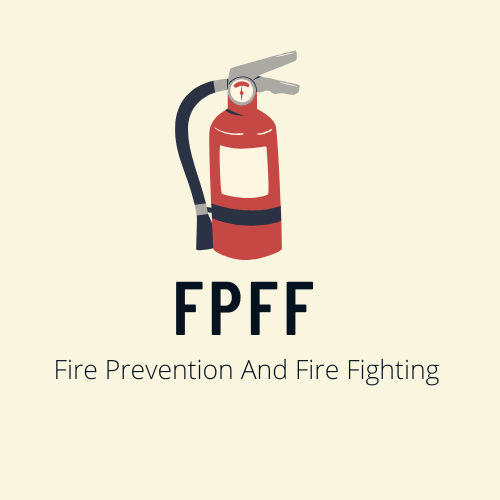This EFA exit exam questions and answer quize contain 30 questions
If you found any questions answer incorrect please let us know by Clicking here
121. After
discovering a possible fracture you should assess which of the following before
and after Splinting:
A) Sensation, morbidity, protrusion.
B) Capillary refill, pulse, sensation.
C) Pulse, motor function,
sensation. (correct)
D) Crepitus, resistance, pain.
122. A worker has had
hish and caught in a car door. You suspect several fractured bones in the hand.
The hand should be splinted:
A) Conduction, convection, evaporation, and refrigeration.
B) Submersion, convection, radiation and respiration.
C) Flat against the splint.
D) In a tight fist position.
123. Crepitus is:
A) Poor distal circulation
B) A grating sound caused by bone ends rubbing
together (correct)
C) A type of splint
D) A type of fracture
124. In the case of suspected fracture of the
clavicle, emergency responders should use:
A) An arm sling supported with broad bandages.
B) A St.John tubular sling tie down the injured side.
C) A St.John tubular sling tie down the
uninjured side.(correct)
D) Rigid splints to support the arm and support the shoulder.
125. Force on a joint may cause bone ends to come
out of their proper position. This type of injury is called a:
A) Sprain
B) Fracture
C) Dislocation
(correct)
D) Strain
126. After an
extremity fracture has been immobilized, the responder should check for circulation:
A) In the injured limb only.
B) Distal to the injury. (correct)
C) Proximal to the injury.
D) At the site of the fracture.
127. Effective immobilization of the tibia
includes immobilization of the:
A) Knee, tibia, fibula and ankle. (correct)
B) Femur, knee, tibia and ankle.
C) Femur and ankle.
D) Hip, femur, knee, tibia and ankle.
128. You can best control the swelling and pain of
an ankle sprain by:
A) Tight bandages and a heating pad.
B) Rest, immobilization, application of cold,
and elevation. (correct)
C) Rigid splints and bandages
D) Compression, elevation, and application of heat.
129. The longest,
strongest bone in the body is the:
A) Humerus.
B) Fibula.
C) Tibia.
D) Femur.(correct)
130. If the patient has an open fracture
responders should:
A) Attempt to push bones back into the wound.
B) Use bulky dressings to pad around the
protruding bones ends. (correct)
C) Apply pressure directly over the fracture to control bleeding.
D) Apply a tourniquet above the fracture site.
131. A traction
splint could be used for which of the following injuries:
A) A fractured pelvis.
B) An injured knee joint.
C) A dislocated hip.
D) A mid-shaft femur fracture .(correct)
132. You are
examining the head of an infant who has been involved in a car crash. You need
to be aware of
A) Soft spots in the infant's skull. (correct)
B) Infant's pupils react too differently than adults.
C) Whether or not the infant can cry forcefully.
D) The startle reflex.
133. When
immobilizing a patient on a spine board, which part of the body is the first to
be strapped?
A) Chest
(correct)
B) Pelvis
C) Legs
D) Head
134. Contusions are:
A) Usually
controlled with direct pressure
B) Very serious for
the patient due to increased pressure in the brain. (correct)
C) Usually associated with scalp lacerations
D) Almost always seen in children.
135. Which one of the
following changes in vital signs is characteristic of brain injury:
A) Increase in pulse rate.
B) Constant respiratory rate.
C) Increase in blood pressure. (correct)
D) A decrease in blood pressure.
136. The Glasgow Coma
Scale measures three basic functions. They are:
A) Eye, verbal and motor responses. (correct)
B) Pulse rate, speech, involuntary movement.
C) Pulse rate, respiration rate eye response.
D) Respiration rate, eye response, voluntary movement.
137. "Raccoon
eyes" indicates:
A) Possible eye injury
B) Possible fracture of the jaw
C) Possible scalp laceration
D) Possible head injury (correct)
138. You are called
to the scene of a motorcycle crash. The rider is dazed and walking around. You
should:
A) Suspect spinal injury and manage accordingly. (correct)
B) Not worry about the spinal injury because the person is mobile.
C) Advise the person to lie down in case of fainting.
D) Determine the chief complaint and provide first aid forit.
139. When managing a
possible spinal injury:
A) The cervical immobilization device is applied by the police.
B) Transport the patient in the position of greatest comfort.
C) Apply a cervical immobilization device before assessing the patient.
D) Responders must provide initial stabilization
by supporting the head (correct)
140. Dealing with pelvic injuries you must always
consider the possibility of:
A) Ruptured bladder.
B) Ruptured spleen.
C) Spinal injuries. (Correct)
D) Rib fractures.
141. To properly measure a cervical collar, you:
A) Measure the distance from the ear lobe to the shoulder.
B) Measure the distance from the corner of the mouth to the ear lobe.
C) Measure the distance from the cheekbone to the shoulder blade.
D) Measure the distance from the trapezius
muscle to the angle of the jaw (correct)
142. A helmet must be removed from a patient:
A) If the rare no airway or breathing problems.
B) If the patient will be immobilized to a long
spinal immobilization on the device. (correct)
C) When the helmet has a face mask that interferes with the responder's ability to assist with Ventilation
D) It is a full-face helmet.
143. Contact dermatitis occurs when:
A) The skin comes in contact with a poisonous
substance. (correct)
B) A poison enters the eye of a contact lens wearer.
C) Hot gases are in haled.
D) A poison is injected under the skin.
144. Carbon monoxide:
A) May result from fires or automobile exhaust. (correct)
B) Has a very distinct odor
C) Is not life-threatening.
D) Requires the administration of low concentration
145. A child has
swallowed an unknown poisonous substance. You should:
A) Dilute the poison with several glasses of cool water.
B) Call your local Poison Control Centre and
follow directions. (correct)
C) Give a solution of mild liquidize detergent and water.
D) Use activated charcoal.
145. A child has
swallowed an unknown poisonous substance. You should:
A) Dilute the poison with several glasses of cool water.
B) Call your local Poison Control Centre and
follow directions. (correct)
C) Give a solution of mild liquidize detergent and water.
D) Use activated charcoal.
147. The appendix is located in which quadrant of
the abdomen:
A) Lower right.
(correct)
B) Upper right.
C) Upper left.
D) Lower left.
148. The external layer of the skin is called:
A) Cutaneous tissue.
B) Dermis.
C) Adipose tissue.
D) Epidermis.
(correct)
149. The white exterior portion of the eye is
called the:
A) Pupil.
B) Sclera.
(correct)
C) Cornea.
D) Iris.
150. The pulse point
located in the upper portion of the thigh is called the:
A)
Popliteal.
B) Femoral. (correct)
C)
Brachial.
D) Temporal.





